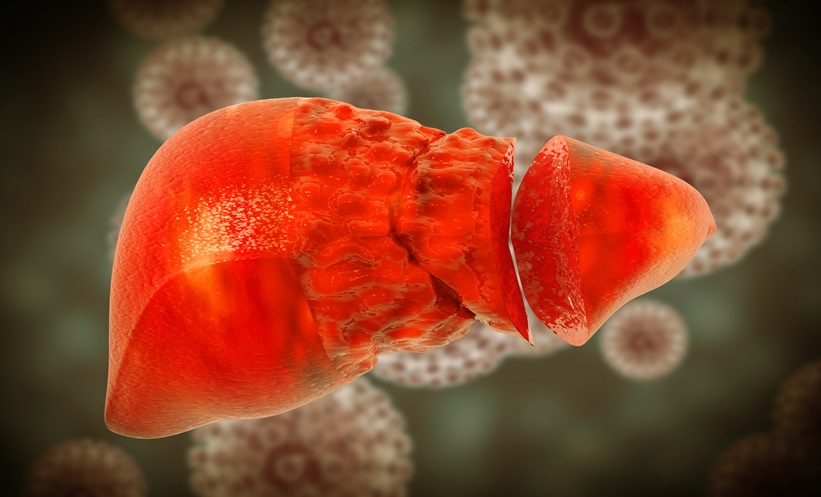Statins have been used for almost three decades as cholesterol lowering drugs, yet additional effects beyond lipid lowering, known as pleiotropic effects, have been found. These include an improvement in endothelial dysfunction, antifibrotic, and anti-inflammatory properties. These are relevant pathogenic events in cirrhosis, leading to portal hypertension and providing the rationale for repurposing statins for this indication. The first study assessing this was published in 2004 and analysed the acute haemodynamic effects of simvastatin in patients with cirrhosis. This study showed that a single oral dose of 40 mg of simvastatin decreased hepatic resistance. It was followed by several studies in animal models of cirrhosis that further refined this concept and led to a Phase II study assessing the effects of 1-month oral simvastatin (40 mg once daily) or placebo on portal pressure. Simvastatin induced a mild decrease in portal pressure (~8%) that was associated with an improvement in hepatic clearance of indocyanine green, suggesting that simvastatin could also improve liver function by improving hepatocyte perfusion. In a second small, randomised trial including less severe patients, 3-month simvastatin decreased portal pressure by 15%. In both studies, simvastatin did not have an effect on arterial pressure.
To date, only one randomised trial has evaluated the effects of statins on relevant clinical endpoints in patients with cirrhosis (the BLEPS study). This study assessed whether adding simvastatin to standard therapy (variceal ligation+non-selective beta-blockers) could improve clinical outcomes after variceal bleeding. The study included 158 patients with cirrhosis from different aetiologies (70% alcohol cirrhosis), treated with simvastatin 40 mg orally once daily or placebo for up to 24 months. The primary endpoint was a composite of rebleeding and death. The addition of simvastatin did not further decrease the risk of rebleeding; however, it was associated with a significant survival benefit, which was mainly associated with a decrease in mortality related to bleeding and infection. The rate of adverse events was not different between the groups. However, two patients in the simvastatin group developed rhabdomyolysis (both patients with severe liver dysfunction), suggesting that in these patients statin treatment requires close monitoring. Since the benefit was shown on a secondary endpoint, further confirmation would be desirable in new trials designed with death as the primary endpoint. In addition, these results point to new clinical scenarios in which statins could be assessed, such as in patients with ascites with or without variceal bleeding, and in patients with, or at high risk of, infections.








